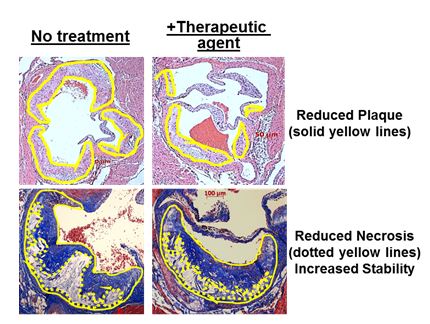Cardiovascular Disease
Antiatherogenic Gene Therapy
Reversing cholesterol transport & reducing plaque
Cardiovascular disease (CVD) continues to be the leading causes of morbidity and mortality in many parts of the world, including the U.S. The most common cause of CVD is atherosclerosis, which is characterized by the deposition of cholesteryl ester (CE)-laden macrophage foam cells in the arterial wall. Current treatments mainly focus on limiting further CE accumulation by restricting cholesterol intake and reducing endogenous synthesis of cholesterol in the liver. However, without surgery there is no method for enhancing the removal of CE from the body via the liver. VCU researchers have aimed to fill this need by developing a novel system which targets macrophage foam cells to enhance reversed cholesterol transport and reduce atherosclerosis plaques.
The technology
This therapeutic specifically targets macrophage foam cells or hepatocytes in the liver to deliver cholesteryl ester hydrolase (CEH). CEH allows for the hydrolysis of CE and is able enhance the removal of free cholesterol. This reduces the lipid burden in the existing plaque which causes CVD, and is also able to enhance plaque stability which would reduce the occurrence of acute coronary events. This therapeutic has been found to not be immunotoxic and also did not induce either hepatic or renal toxicity.
In vitro and in vivo data are available.

